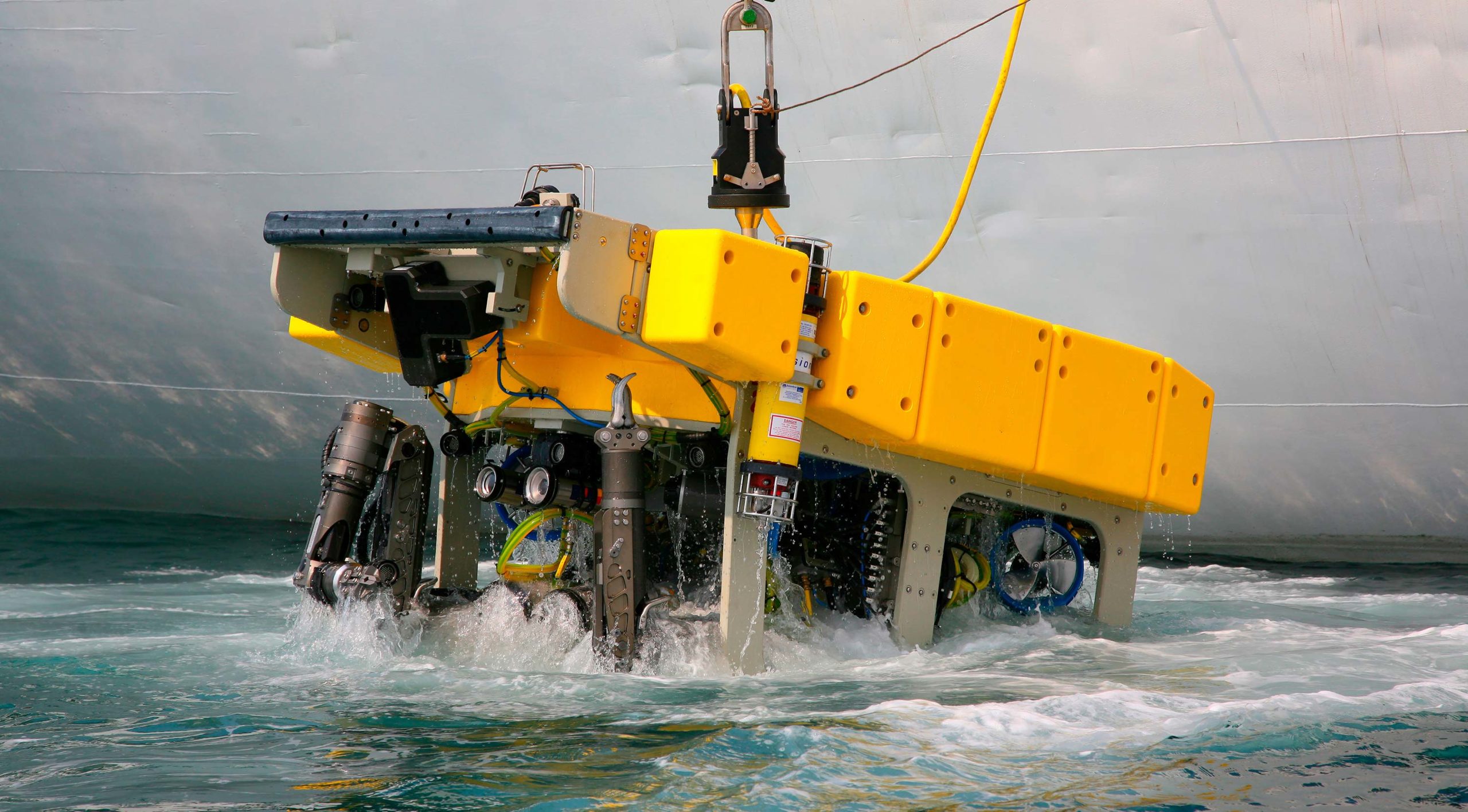In a difficult time for companies operating in the oil & gas market, finding sectors that are performing well can be a challenge. However, there are technologies that are finding success – despite the struggles seen elsewhere. Autonomous Underwater Vehicles (AUVs) have evolved in the last few years from an emerging technology with niche uses, to a viable solution and an established part of operations in various marine sectors. There are a number of companies within the industry that have developed strong reputations as reliable providers to the military but there is still potential for further growth, with the oil & gas sector one of the largest potential growth areas.
Douglas-Westwood’s new AUV Market Forecast 2016-2020 considers the prospective demand for AUVs in the commercial, military and research sectors over the next five years. We see demand for units continuing to grow over the forecast with demand in 2020 expected to be 49% higher than in 2016.
The military is expected to remain the greatest user of AUV’s with demand in 2020 for over 700 units – 73% of total demand. This will be followed by research use, which will remain steady over the forecast, continuing to account for the second largest portion of the demand.
The greatest growth in AUV usage is expected in the commercial sector – predominately from oil & gas operators. This will be a key market for the technology, despite the volatility of oil prices. There has been substantial interest from oil & gas companies in the technology, as operators have begun to understand cost saving potentials. Consequently, the next few years are expected to be vitally important for AUV manufacturers and operators who both need to capitalise on increased interest before higher prices potentially lead to a return to the norm. However, low oil prices have reduced budgets and stymied investment in new technology, presenting a limiting factor to growth. Therefore, the onus will be on AUV manufacturers and operators to highlight the benefits of the technology.
The prospects for growth in the use of AUV technology in the commercial sector are good – as a comparatively undeveloped technology, it will likely take time for the sector to fully mature. Current developments are focused on increasing battery life, improving autonomous functions and adding manipulation ability. It is this last feature that will be vital to the acceptance of the technology in oil & gas, as it will allow units to perform intervention tasks.
Overall, the AUV sector is one with great promise, the technology has been widely accepted by the military and is seen as a vital tool in a number of different research areas. Uptake in the commercial sector remains limited. However, with technological improvements and new designs regularly coming to market and the upheaval caused by the oil price crash forcing operators to rethink their approach, the future looks promising.
Further information from: Ben Wilby, +44 (0)1795 594724 or [email protected]




